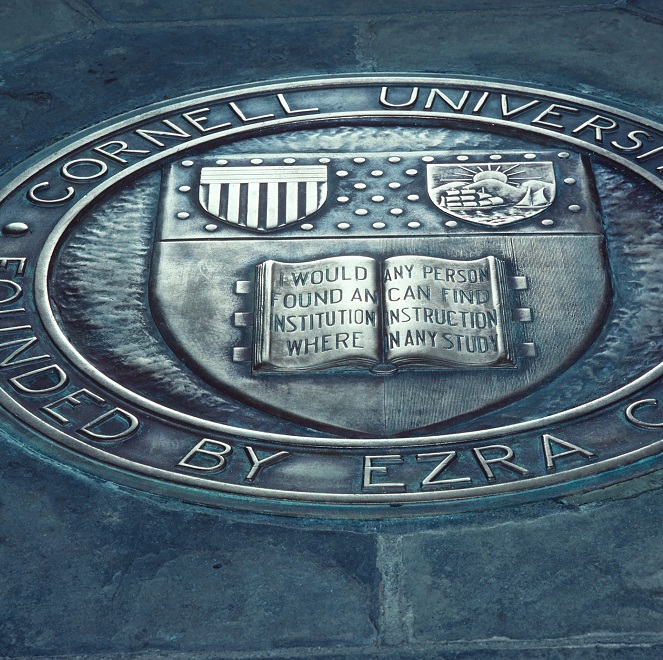News and Events
Full listing
February 9, 2015
February 2015: A first-of-its-kind electron microscope, which will allow materials to be studied in their natural environments using an electron beam focused down to a subatomic spot, is coming to Cornell. An NSF grant was awarded to an interdisciplinary team led by KIC member Lena F. Kourkoutis.
February 5, 2015
To better understand topological insulators (TIs) and why they weren’t living up to their potential Seamus Davis’s group at Cornell and Brookhaven National Lab studied them with their scanning tunneling microscope. What they found is the magnetic disorder at the surface was preventing the smooth flow of electrons. Read their Feb 3 article in Proceedings of the National Academy of Sciences.
January 9, 2015
January, 2015: The directors of three Kavli nanoscience institutes – Paul Alivisatos, Paul McEuen, and Nai-Cheng Yeh - discuss what makes the nanoscale so important, the field’s grand challenges, safety challenges, and their thoughts on funding, training and the future.
January 6, 2015
January, 2015: KIC member J.C. Seamus Davis teams up with Eun-Ah Kim to isolate a ‘fingerprint’ that identifies specific fluctuations in electrons that force them into pairs, causing their host material to make way for free-flowing, resistance-free electron pairs. Their findings were published in Nature Physics.
November 11, 2014
September, 2014: The Gordon and Betty Moore Foundation has selected nineteen Moore Experimental Investigators in Quantum Materials, including KIC member J.C. Seamus Davis. Through grants to 11 universities around the United States, this five-year, $34.2M investigator program will allow outstanding physicists to pursue ambitious, high-risk research, including the development of new experimental techniques.
October 23, 2014
October, 2014: Curious Stardust, the new Kavli blog, is comprised of a team of scientists from 11 Kavli Institutes reflecting on work in and around astrophysics, nanoscience, and neuroscience.
October 8, 2014
Oct., 2014: The 2014 Nobel Prize in Chemistry was awarded jointly to Eric Betzig, AEP ’88, William E. Moerner, Physics ’82, and Stefan W. Hell “for the development of super-resolved fluorescence microscopy.” Both Betzig and Moerner received their M.S. and Ph.D from Cornell University. Moerner was a student of Professor Albert Sievers in the Laboratory of Atomic and Solid State Phyiscs (LASSP).
October 6, 2014
October, 2014: KIC member Chris Xu joined other academics and industry leaders at the White House for a conference celebrating progress on the BRAIN (Brain Research through Advancing Innovative Neurotechnologies) Initiative, a sweeping federal effort to understand everything about the human brain.
September 10, 2014
KIC member Michal Lipson demonstrates that light can be manipulated with optics the way electrons are controlled by a magnetic field. These findings were published in a recent issue of Nature Photonics.

